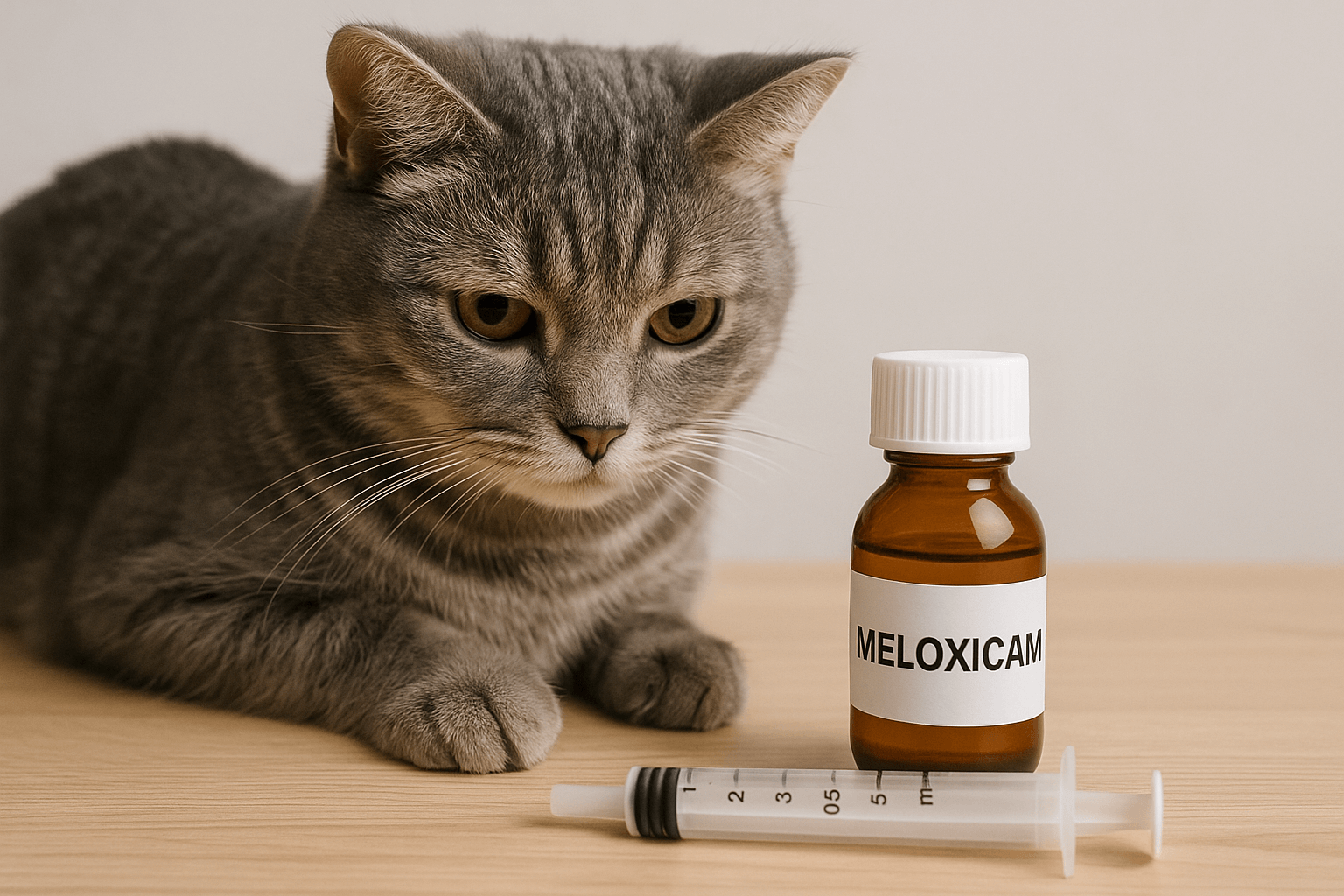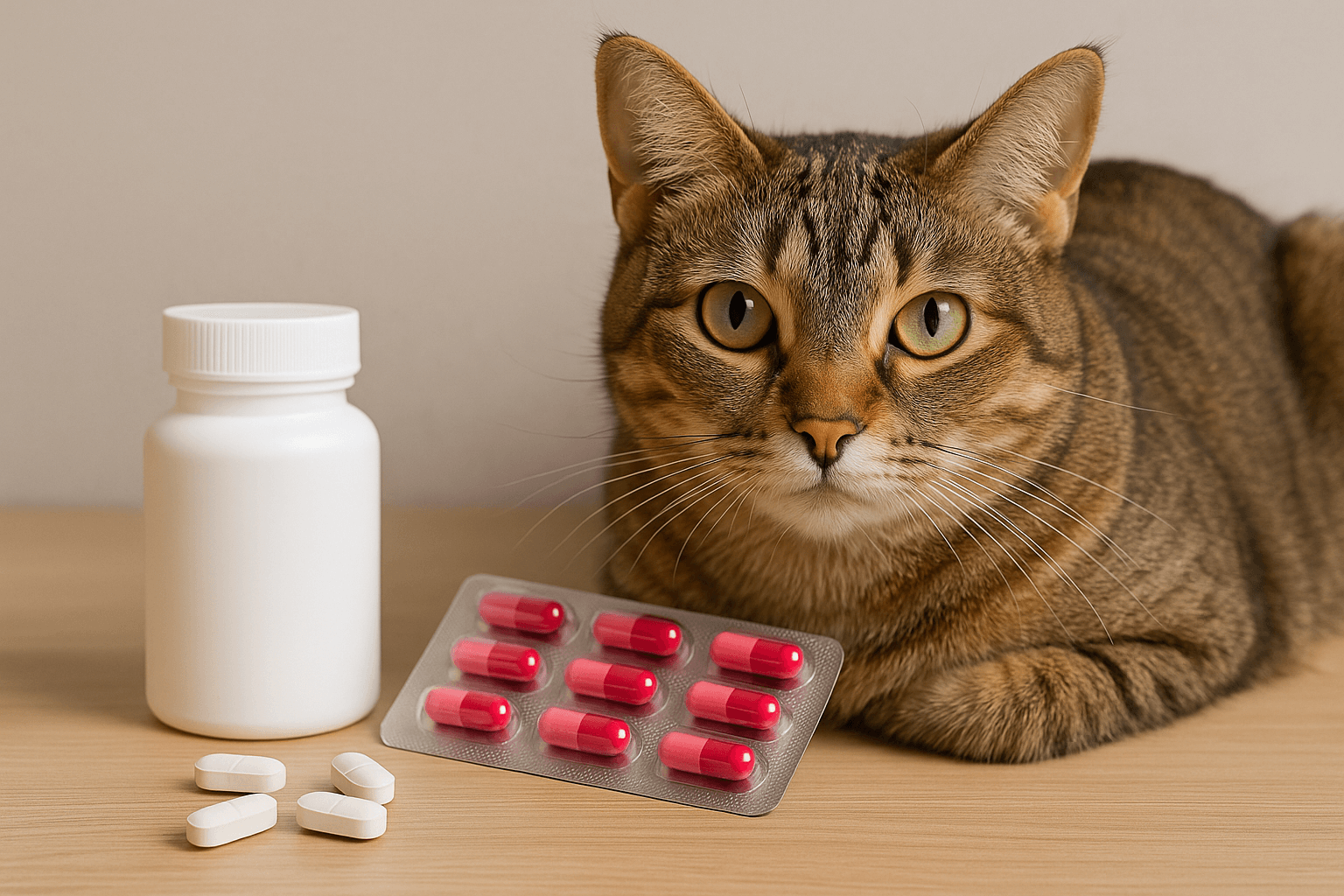Can You Spay a Dog in Heat? Everything You Need to Know
When it comes to responsible pet ownership, spaying your dog is one of the most important decisions you can make. This procedure not only helps control the pet population but also provides numerous health benefits for your furry companion. However, questions often arise when your dog enters her heat cycle.
Many pet owners wonder, “Can you spay a dog in heat?” Understanding the answer to this question is crucial for ensuring your dog’s well-being and planning the best course of action. In this blog post, we’ll explore what it means for a dog to be in heat, the risks and considerations of spaying during this time, and expert advice to guide you through the process.
What Does It Mean When a Dog Is in Heat?
A dog’s heat cycle, also known as estrus, is a natural reproductive phase that female dogs go through. During this time, hormonal changes prepare the body for potential pregnancy. While the specifics can vary depending on the breed and size of the dog, understanding the heat cycle is essential for every dog owner.
Here are some key points about a dog in heat:
- Frequency: Most dogs experience their first heat cycle between six and 24 months of age, depending on their breed and size.
- Duration: A typical heat cycle lasts about two to three weeks, though this can vary.
- Signs to Watch For: Swollen vulva, increased urination, behavioral changes such as clinginess or aggression, and bloody discharge are common indicators.
- Health Risks: Dogs in heat are more prone to attracting unwanted male dogs and may face complications if not properly managed.
Understanding these aspects can help you recognize when your dog is in heat and take appropriate measures. While spaying is a common solution to prevent future heat cycles, timing is critical to ensure your dog’s safety and comfort.
Can You Spay a Dog in Heat? Key Considerations
The short answer is yes, you can spay a dog in heat, but there are several factors to consider before proceeding. Veterinarians generally recommend waiting until the heat cycle is complete, as it simplifies the surgical process and reduces risks. However, in certain situations, spaying during heat may be necessary or preferred.
Here are some important considerations:
- Increased Blood Flow: During heat, blood vessels in the reproductive organs are more engorged, which can complicate surgery and increase the risk of excessive bleeding.
- Surgical Complexity: The uterus and ovaries may be more fragile during this time, requiring extra care from the veterinarian.
- Cost Implications: Some clinics charge higher fees for spaying a dog in heat due to the added complexity and resources required.
- Health Benefits: Despite the challenges, spaying during heat still eliminates the risk of unwanted pregnancies and long-term health issues like pyometra or mammary tumors.
While spaying a dog in heat is possible, consulting with your veterinarian is essential to weigh the pros and cons based on your dog’s specific situation. Ultimately, the decision should prioritize your dog’s health and well-being.
Expert Opinion: Insights from a Veterinarian
“Spaying a dog in heat is technically feasible but should be approached with caution,” says Dr. Emily Carter, a licensed veterinarian with over 15 years of experience. “The increased blood flow to the reproductive organs can elevate surgical risks, so it’s crucial to weigh the timing against your dog’s overall health and circumstances.” She emphasizes that consulting a trusted vet is the best way to ensure a safe and informed decision.
Check this guide 👉 Top 5 Best Dog Recovery Suits for Accelerated Healing!

Pros of Spaying a Dog in Heat | Cons of Spaying a Dog in Heat |
|---|---|
Prevents unwanted pregnancies | Increased risk of surgical complications |
Reduces long-term health risks | Higher cost due to added complexity |
Eliminates further heat cycles | More challenging recovery for the dog |
Can be done in emergencies | Greater blood loss during surgery |
How to Prepare Your Dog for Spaying During Heat
If you decide to proceed with spaying your dog while she is in heat, preparation is key to ensuring a smooth procedure and recovery. Proper planning can minimize risks and help your dog feel more comfortable throughout the process.
Here are some steps to consider:
- Consult Your Vet: Schedule a pre-surgery consultation to discuss your dog’s condition and any specific concerns related to spaying during heat.
- Monitor Her Cycle: Keep track of how far along she is in her heat cycle, as this information can help your vet plan the procedure.
- Limit Physical Activity: Restrict exercise and playtime to reduce stress on her body before the surgery.
- Maintain Cleanliness: Keep her living area clean to prevent infections, especially since discharge is common during heat.
- Follow Pre-Surgery Instructions: Adhere to fasting guidelines and any other advice provided by your veterinarian.
By taking these steps, you can ensure that your dog is as prepared as possible for the procedure. Remember, communication with your vet is vital to address any last-minute concerns.
Post-Surgery Care Tips for Dogs Spayed in Heat
After spaying a dog in heat, proper aftercare plays a crucial role in her recovery. Since the procedure may involve additional complexities, it’s important to provide extra attention and support during this period.
Here are some tips to aid recovery:
- Monitor the Incision Site: Check for signs of infection, such as redness, swelling, or discharge, and contact your vet if anything seems unusual.
- Restrict Activity: Limit jumping, running, or roughhousing to allow the incision to heal properly.
- Use an E-Collar: Prevent licking or biting at the incision site by using a cone or protective garment.
- Administer Medication: Follow your vet’s instructions regarding pain relief or antibiotics to manage discomfort and prevent infections.
- Provide a Quiet Space: Create a calm environment where your dog can rest without disturbances.
With careful monitoring and adherence to these guidelines, your dog will recover safely and comfortably. Patience and attentiveness are key during this healing phase.
Potential Risks of Spaying a Dog in Heat
While spaying during heat is possible, it comes with certain risks that pet owners should be aware of. These risks are primarily due to the physiological changes occurring in your dog’s body during this time. Understanding these factors can help you make an informed decision about the procedure.
- Increased Bleeding Risk: The engorged blood vessels in the reproductive organs can lead to heavier bleeding during surgery.
- Longer Recovery Time: Dogs may take longer to recover due to the added stress on their bodies.
- Higher Anesthesia Complications: Hormonal fluctuations can affect how your dog responds to anesthesia.
- Surgical Challenges: The uterus and ovaries may be more delicate, requiring extra precision from the surgeon.
By understanding these risks, you can better prepare for the procedure and ensure your dog receives the best care possible. Always discuss these concerns with your veterinarian to minimize complications.
Benefits of Delaying the Spay Procedure
In many cases, veterinarians recommend waiting until after the heat cycle to spay your dog. This approach offers several advantages that can contribute to a smoother surgical process and faster recovery. Here’s why delaying might be the better option:
- Reduced Surgical Complexity: Once the heat cycle ends, blood flow to the reproductive organs decreases, making the surgery simpler.
- Lower Costs: Clinics often charge standard rates for spaying outside of heat, saving you money.
- Improved Safety: The risk of complications, such as excessive bleeding, is significantly reduced.
- Better Recovery Outcomes: Dogs tend to bounce back quicker when spayed outside of heat due to less physical strain.
Delaying the procedure allows both you and your veterinarian to plan the surgery under optimal conditions, ensuring your dog’s safety and comfort.
Alternatives to Immediate Spaying During Heat
If your dog unexpectedly enters heat and you’re considering spaying, there are alternative steps you can take to manage the situation while waiting for the cycle to end. These options can help you navigate this temporary phase responsibly.
- Supervise Closely: Keep your dog indoors or in a secure area to prevent unwanted interactions with male dogs.
- Use Protective Gear: Doggy diapers can help manage discharge and keep your home clean.
- Behavioral Management: Address any behavioral changes, such as clinginess or aggression, with patience and positive reinforcement.
- Consult Your Vet: Discuss short-term solutions and confirm the best timeline for spaying based on your dog’s health.
By exploring these alternatives, you can effectively manage your dog’s heat cycle while preparing for a safer and more appropriate time to spay. This balanced approach ensures both immediate and long-term well-being for your pet.
Frequently Asked Questions About Spaying a Dog in Heat
Is it safe to spay a dog in heat?
Yes, it is generally safe, but it carries additional risks due to increased blood flow and surgical complexity. Always consult your veterinarian for personalized advice.
Will spaying stop my dog’s current heat cycle?
No, spaying will not immediately end the heat cycle. Hormonal effects may persist for a short period after the surgery.
How long should I wait after the heat cycle to spay my dog?
It’s typically recommended to wait until the heat cycle is completely over, usually within two to three weeks.
Are there long-term benefits to spaying a dog in heat?
Yes, spaying eliminates the risk of future heat cycles, reduces the chance of certain cancers, and prevents unwanted pregnancies.
Can spaying during heat affect my dog’s behavior?
Spaying can reduce behaviors associated with heat, such as aggression or restlessness, but it may take time for hormonal changes to fully subside.
Final Thoughts: Making the Best Decision for Your Dog
Deciding whether to spay a dog in heat requires careful consideration of both the benefits and potential challenges. While the procedure is possible, it’s essential to prioritize your dog’s health and work closely with your veterinarian to determine the best timing. By understanding the heat cycle, preparing adequately, and providing proper post-surgery care, you can ensure a positive outcome for your beloved pet. Remember, spaying is a lifelong investment in your dog’s well-being, offering protection from various health risks and contributing to a happier, healthier life together.
Cat Fever Treatment: Best 7 Expert Tips! Discover expert advice on identifying, managing, and treating fever in cats to ensure their quick recovery and well-being.
Understanding Meloxicam for Cats: Best 7 Expert Tips! Learn how to safely administer meloxicam, manage side effects, and ensure your cat's comfort with expert advice on feline pain relief.
Amoxicillin for Cat UTI: Best 7 Expert Tips! Discover safe usage, dosage guidelines, and expert advice on treating feline urinary tract infections effectively with amoxicillin.
Understanding Cat Cancer Treatment: Best 7 Expert Tips! Discover expert advice on managing feline cancer, from early detection to treatment options, ensuring your cat’s health and comfort.





